Board members can be elected or recruited into their position and they must be selected based on their ability and willingness to fundraise. The ideal board members are truly passionate about their association and should have well-established industry connections and people skills.
It is important to ensure that the board members clearly understand the roles and responsibilities associated with their position to help avoid leadership conflicts. While new board members accept their positions with the best of intentions, they may have little experience and be offered little guidance regarding the responsibilities of the association.
The role for the board is primary roles of strategy, financial stewardship, and oversight. Association board members should also be involved with member engagement and recruitment efforts.
A non-profit board member is comprised of these three activities:
- Fundraising (80 percent): Fundraising is the most important responsibility of a board member, yet many board members are reluctant to engage in this activity. Board members are expected use their connections to spur interest in and support of the association they serve.
- Oversight of Programs (10 percent): The non-profit board is responsible for general oversight of the association’s programs. This role does not extend to the operations behind the programs, but does include fiduciary oversight.
- Strategic Planning (10 percent): The board is the primary force behind the association’s strategic planning decisions. Board members create or update the strategic plan and evaluate the implementation plan presented by staff.


